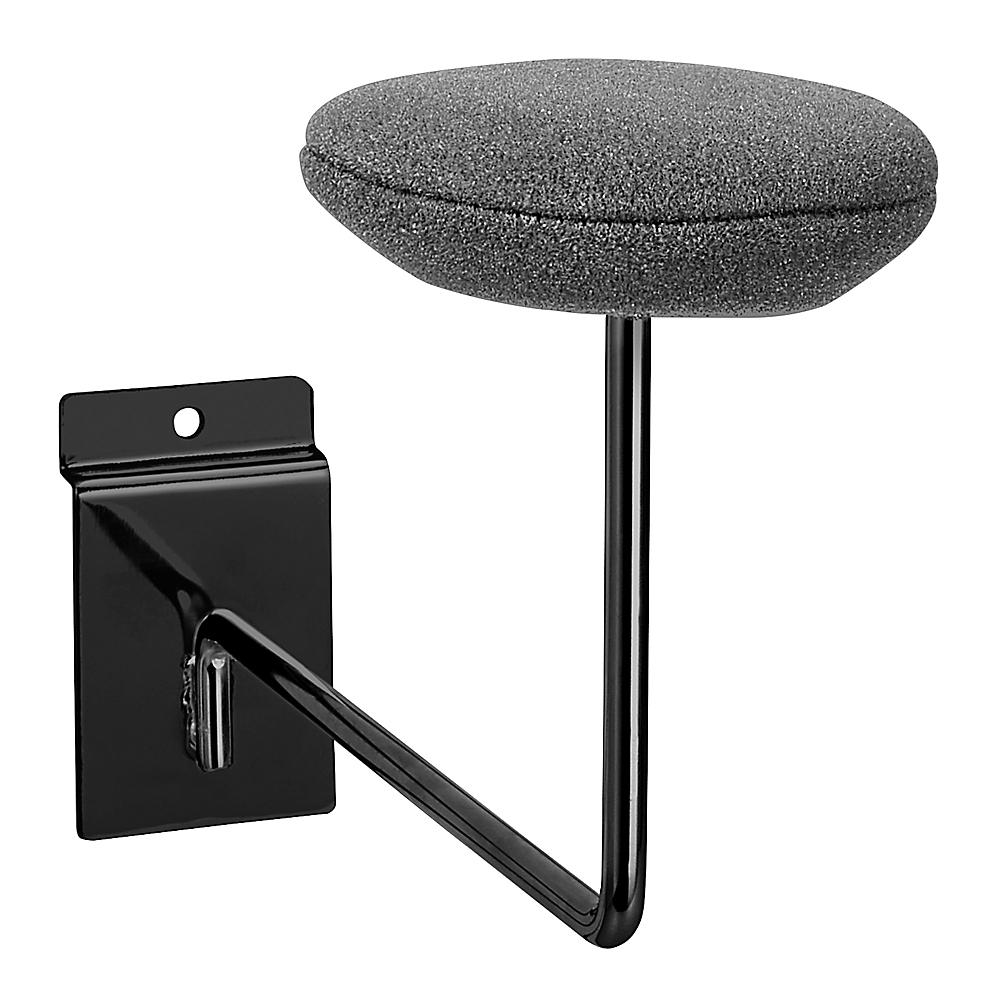Good afternoon all,
Let me start by saying if I’m posting this in the wrong sub forum, I apologize. Mods please feel free to advise me and/or move the thread.
Given that my small, humble collection is starting to grow, I’d like to ask about how folks are displaying, storing and protecting their beautiful pieces. Specifically, I’d like to ask about the following;
1. Rifles - On this I am curious as to humidity. I have lots of hunting and sporting firearms and I’m aware the rule of thumb is keep humidity between 40-60%, however having recently added a beautiful K98k to the herd, I can’t help but be curious. I may be overthinking this one, but please feel free to chime in.
2. Flags/Cloth Items - Pretty broad question here, but I’d like to display my pieces rather than have them stored away. I know some may say “just hang it”, but again I want to protect these historical items. Just hang? Put behind glass? Humidity? I’d love to hear opinions on this.
3. Leather Goods - Ammo pouches, belt, etc. This I am very curious about as I understand that treating leather is not something favourable for collection pieces, but do you simply hold a certain humidity and accept that the leather will deteriorate over the years?
4. Helmets- so this one is a big one for me as I’m in the process of acquiring a stunning M35 DD and I want to ensure I look after this piece as best I can right from the point I receive it. My intent is to display on a pedestal type stand under glass. I want the helmet to be propped upon a quality stand (think mannequin head style display), but I want to ensure I’m not damaging the liner, steel etc. As well, this ties in with the previous point on leather, humidity etc.
I know these questions have likely been discussed at length before by many “new guys” before me, but as I’m new to collecting historical pieces, I wanted to steer the discussion so as to get specific details for the questions in my head.
I thank you in advance for any insight, advice, etc. that you may offer.
Thank you.
Let me start by saying if I’m posting this in the wrong sub forum, I apologize. Mods please feel free to advise me and/or move the thread.
Given that my small, humble collection is starting to grow, I’d like to ask about how folks are displaying, storing and protecting their beautiful pieces. Specifically, I’d like to ask about the following;
1. Rifles - On this I am curious as to humidity. I have lots of hunting and sporting firearms and I’m aware the rule of thumb is keep humidity between 40-60%, however having recently added a beautiful K98k to the herd, I can’t help but be curious. I may be overthinking this one, but please feel free to chime in.
2. Flags/Cloth Items - Pretty broad question here, but I’d like to display my pieces rather than have them stored away. I know some may say “just hang it”, but again I want to protect these historical items. Just hang? Put behind glass? Humidity? I’d love to hear opinions on this.
3. Leather Goods - Ammo pouches, belt, etc. This I am very curious about as I understand that treating leather is not something favourable for collection pieces, but do you simply hold a certain humidity and accept that the leather will deteriorate over the years?
4. Helmets- so this one is a big one for me as I’m in the process of acquiring a stunning M35 DD and I want to ensure I look after this piece as best I can right from the point I receive it. My intent is to display on a pedestal type stand under glass. I want the helmet to be propped upon a quality stand (think mannequin head style display), but I want to ensure I’m not damaging the liner, steel etc. As well, this ties in with the previous point on leather, humidity etc.
I know these questions have likely been discussed at length before by many “new guys” before me, but as I’m new to collecting historical pieces, I wanted to steer the discussion so as to get specific details for the questions in my head.
I thank you in advance for any insight, advice, etc. that you may offer.
Thank you.
















